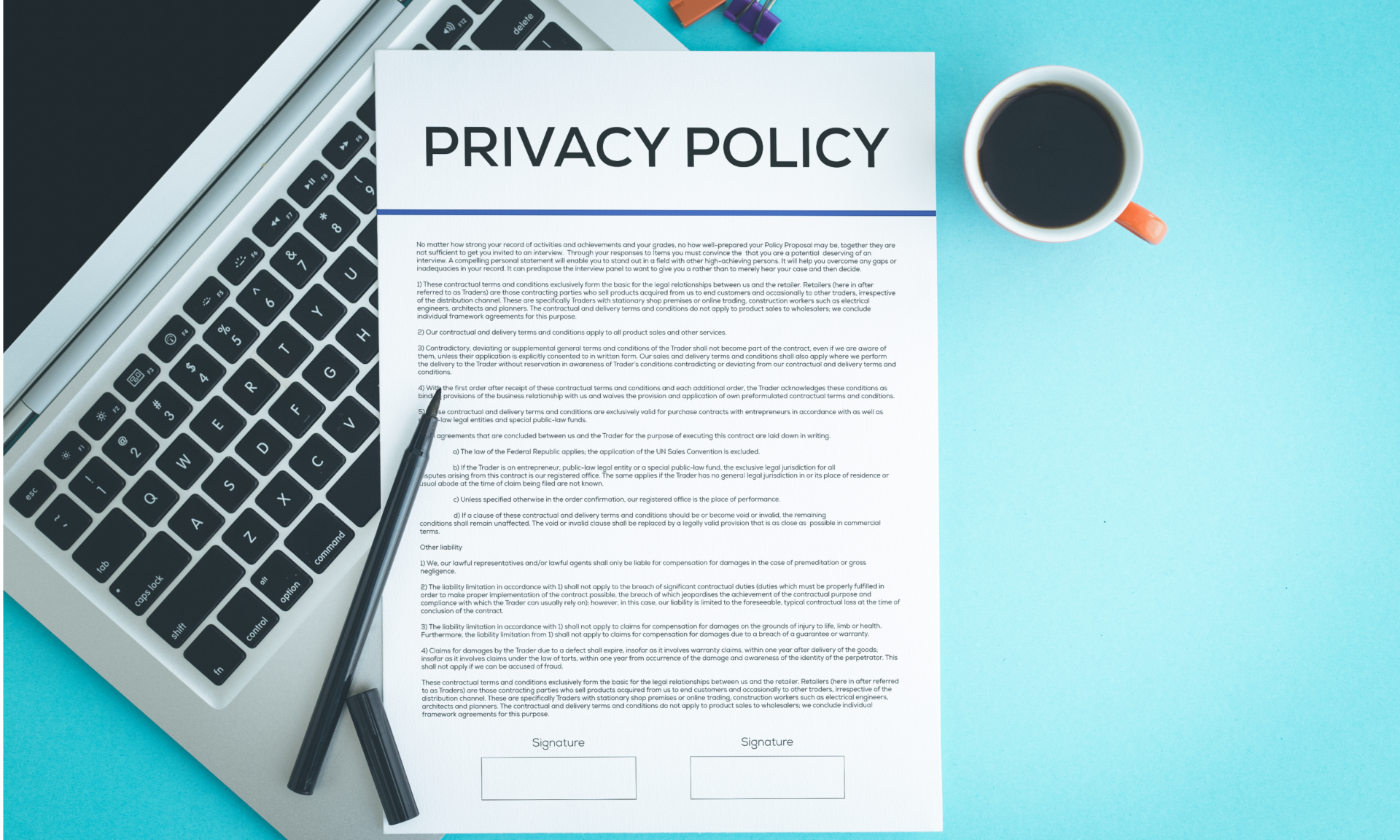Did you know that brokers can track your day trading activity faster than you can say "buy low, sell high"? Understanding how brokers monitor and report day trading activity is crucial for every trader aiming to navigate the fast-paced market effectively. This article delves into key aspects such as the methods brokers use to track trades, the data they collect, and how they ensure compliance with trading regulations. We’ll also explore tools for performance tracking, how unusual trading patterns are detected, and what privacy measures are in place to protect your data. Plus, discover how to access your activity reports and the role trading platforms play in this intricate process. With insights from DayTradingBusiness, you'll be better equipped to understand the behind-the-scenes of trading activity.
How Do Brokers Monitor Day Trading Activities?
Brokers monitor day trading activities through real-time trade data, tracking the number of trades, profit and loss, and account balances. They use automated systems to flag pattern day trading violations, such as executing four or more day trades within five business days without sufficient account equity. Brokers also review trading logs, monitor margin usage, and ensure compliance with regulatory rules like the PDT rule. They report suspicious or non-compliant activity to regulators and provide clients with detailed statements of their trades.
What Methods Do Brokers Use to Track Trades?
Brokers track day trading activity through real-time order monitoring, recording every buy and sell in their trading systems. They use electronic trade execution platforms that log timestamps, prices, and volumes instantly. Many employ trade surveillance software to detect patterns, ensure compliance, and flag suspicious activity. They also generate detailed trade reports and statements, capturing all transaction data for reporting to regulators and clients. Automated audit trails help brokers verify trade history and resolve discrepancies quickly.
How Is Day Trading Activity Reported to Regulators?
Brokers track day trading activity through real-time monitoring of client trades, recording details like trade size, timing, and account balances. They compile this data into daily activity reports, highlighting patterns such as pattern day trading status. These reports are automatically submitted to regulators like the SEC or FINRA, ensuring compliance with rules like the Pattern Day Trader rule. If a trader exceeds the threshold (four or more day trades in five business days), brokers report this activity, which regulators review for adherence to trading regulations.
What Data Do Brokers Collect During Day Trading?
Brokers collect data like trade timestamps, order types, entry and exit prices, trade size, and profit or loss. They also record account balances, margin usage, and real-time market data during day trading. This information helps brokers monitor trading patterns, ensure compliance with regulations, and generate reports for tax or audit purposes.
How Do Brokers Ensure Compliance with Trading Rules?
Brokers track day trading activity using real-time monitoring software that logs every trade, including timestamps, volume, and price. They automatically flag patterns that violate rules, like pattern day trading limits. Brokers generate detailed reports for regulatory agencies, ensuring transparency. They also implement compliance algorithms to detect suspicious or rule-breaking trades and maintain audit trails for all trading activity.
What Tools Do Brokers Use to Track Trader Performance?
Brokers mainly use trading analytics platforms, real-time dashboards, and performance management software to track trader activity. They monitor metrics like profit/loss, win rate, trade frequency, and risk exposure through trading journals and automated reporting tools. Some also use proprietary tracking systems that analyze trade quality and adherence to strategies. These tools provide detailed reports on each trader’s performance, helping brokers ensure compliance and optimize trading outcomes.
How Do Brokers Detect Unusual Trading Patterns?
Brokers detect unusual trading patterns by monitoring large or rapid trades, analyzing volume spikes, and comparing activity against typical market behavior. They use algorithms to flag sudden price swings, abnormal order sizes, and unusual account activity. Automated systems scan for patterns like wash trades or spoofing, and compliance teams review these alerts for potential market manipulation.
How Are Day Trades Recorded and Stored?

Brokers record day trades through real-time transaction logs, capturing details like date, time, security, quantity, and price. They store this data electronically in secure servers, often within trading platforms or centralized databases. These records are automatically compiled into reports for regulatory compliance and tax purposes, ensuring every day trade is accurately tracked and accessible.
What Reports Do Brokers Generate for Day Traders?

Brokers generate daily trade summaries, including executed trades, order details, profit and loss, and commissions. They provide activity reports showing entry and exit points, trade duration, and overall performance. Some also offer real-time dashboards and tax reports with detailed transaction histories for tax filing.
How Do Brokers Calculate and Report Profit and Loss?
Brokers track day trading profit and loss by recording each trade’s entry and exit prices, then subtracting the total cost from the total proceeds. They account for commissions, fees, and slippage to calculate net gains or losses. Brokers generate reports by compiling these trade details into statements, like 1099-B forms, showing realized gains or losses for tax purposes. They also provide real-time dashboards to monitor open positions and unrealized gains or losses during the trading day.
What Role Do Trading Platforms Play in Tracking Activity?
Trading platforms monitor all your buy and sell orders, recording timestamps, quantities, and prices. They automatically log your trading activity, providing detailed records for compliance and analysis. Platforms generate reports on your trades, showing profit, loss, and trading frequency. Brokers use this data to ensure accurate reporting to tax authorities and prevent fraud. Essentially, trading platforms act as the digital ledger of your day trading activity.
How Do Brokers Handle Discrepancies in Trading Data?
Brokers handle discrepancies in trading data by cross-referencing their records with exchange feeds, verifying trade timestamps, and reviewing order histories. They identify mismatches through automated systems that flag unusual activity or data inconsistencies. When discrepancies occur, brokers investigate by examining trade logs, confirming order execution details, and correcting errors before reporting day trading activity. They ensure accurate tracking by maintaining detailed audit trails and using real-time data reconciliation tools.
How Is Real-Time Trading Activity Monitored?
Brokers monitor real-time trading activity through electronic trading platforms that record every buy and sell order instantly. They use sophisticated software to track order execution, volume, and price movements as they happen. These systems generate live reports on day trading activity, flagging patterns that might suggest excessive trading or pattern day trading rules. Brokers also analyze account activity continuously to ensure compliance with regulations and detect suspicious or abusive trading behaviors.
What Privacy Measures Protect Traders’ Data?

Brokers protect traders’ data through encryption, secure servers, and strict access controls. They anonymize sensitive information and comply with data privacy regulations like GDPR or CCPA. Regular security audits and fraud detection systems prevent unauthorized access. Data is stored behind firewalls, and user activity is monitored to ensure confidentiality.
How Can Traders Access Their Activity Reports?
Traders access their activity reports through their broker’s online platform or trading account dashboard. Many brokers provide downloadable statements or real-time reports in the client portal. Some also send activity summaries via email or allow API integrations for detailed tracking. Check your broker’s support section for specific instructions on retrieving your trading activity reports.
How Do Brokers Comply with SEC and FINRA Regulations?
Brokers track day trading activity through real-time monitoring systems that record every trade, including timestamps, prices, and volumes. They use advanced software to flag patterns like pattern day trading, ensuring compliance with SEC and FINRA rules. Reporting involves submitting detailed trade data and account activity reports to regulators regularly, especially for pattern day traders with accounts under $25,000. Brokers also implement automated alerts for suspicious or excessive trading to prevent violations. They maintain detailed logs and audit trails to demonstrate compliance during examinations.
Conclusion about How Do Brokers Track and Report Day Trading Activity?
In summary, brokers employ a variety of methods and tools to meticulously track and report day trading activities, ensuring compliance with regulatory standards. They collect extensive data on trades, monitor real-time performance, and generate detailed reports, all while maintaining privacy measures to protect traders' information. Understanding these processes is crucial for day traders who aim to enhance their trading strategies. For more insights and assistance, DayTradingBusiness is here to guide you through the complexities of trading.
Learn about How to Report Day Trading Income on Your Tax Return
Sources:
- The Fed - Unlocking the Treasury Market through TRACE
- Measuring Treasury Market Liquidity
- The Fed - Quantifying Treasury Cash-Futures Basis Trades
- Speech by Governor Brainard on the structure of the Treasury market
- Overview of Risk Management in Trading Activities Section 2000.1
- Do Individual Day Traders Make Money? Evidence from Taiwan